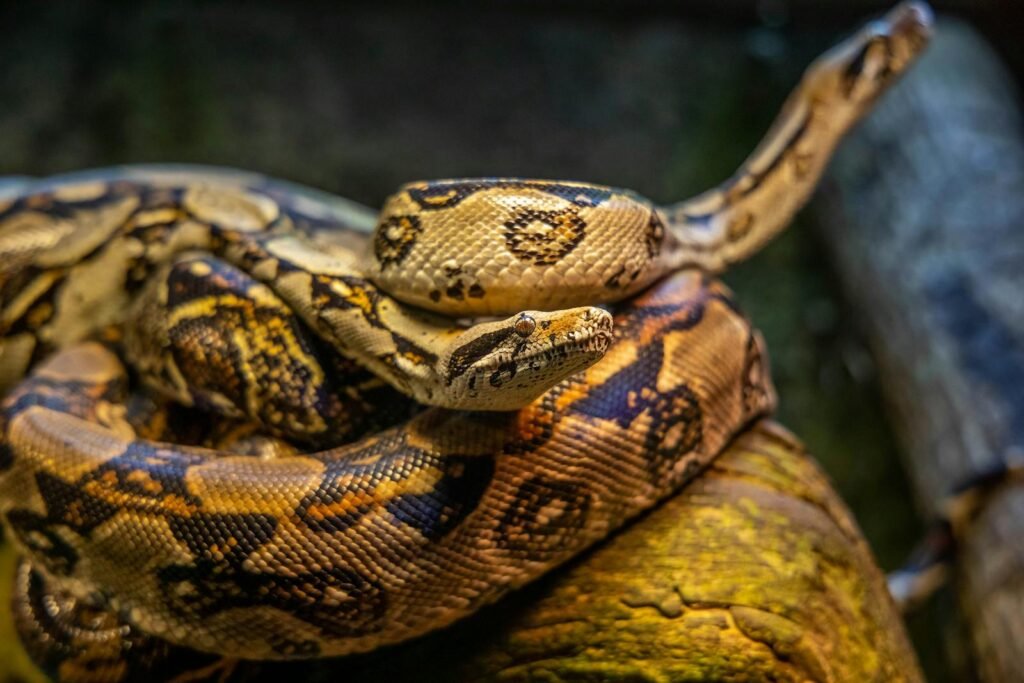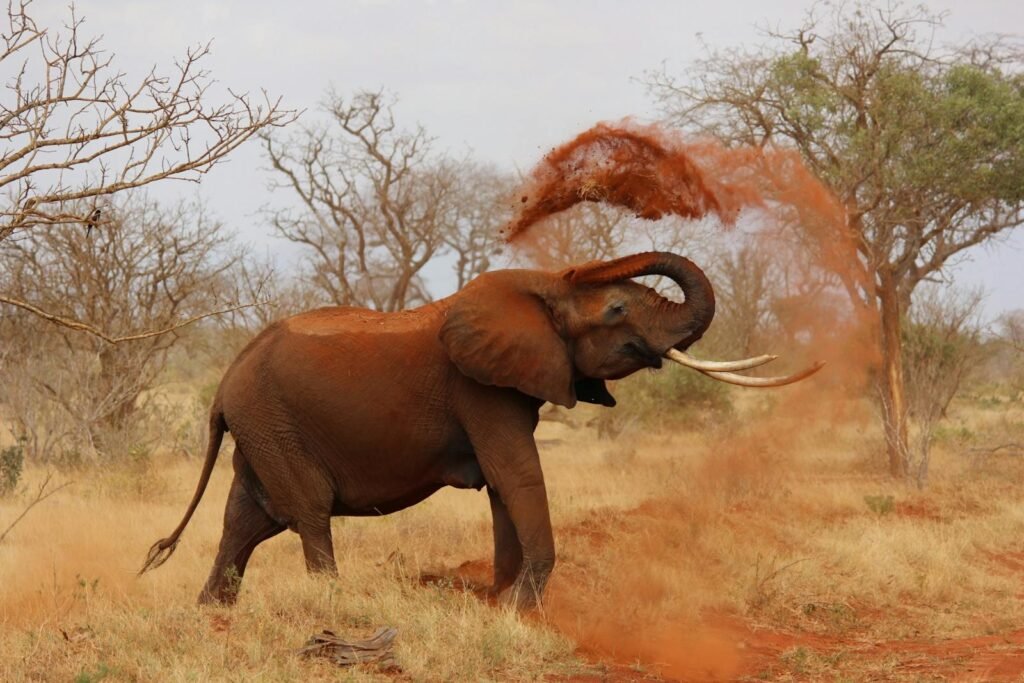Picture this: you’re walking through a forest when you suddenly freeze. There, coiled on the path ahead, is a snake. Your heart pounds, your palms sweat, and every instinct screams “danger!” But what if I told you that the creature you’re so afraid of is probably more terrified of you than you are of it? What if most of what you think you know about snakes is completely wrong?
For thousands of years, snakes have been cast as villains in human stories. From the serpent in the Garden of Eden to the deadly creatures in our worst nightmares, these remarkable animals have gotten perhaps the worst reputation in the entire animal kingdom. Yet beneath all that fear and mythology lies a truth that might surprise you: snakes are among the most fascinating, beneficial, and tragically misunderstood creatures on Earth.
The Ancient Roots of Snake Fear

The fear of snakes runs deeper than most people realize, stretching back millions of years in our evolutionary history. Scientists believe that our ancestors developed an instinctive wariness of snakes as a survival mechanism, since some species could indeed be dangerous. This primal fear became so deeply embedded in our DNA that even people who have never encountered a snake in the wild often feel uncomfortable around them.
Archaeological evidence shows that snakes have been both feared and revered throughout human history. Ancient civilizations like the Egyptians worshipped snake gods, while others saw them as symbols of wisdom and healing. The medical symbol we still use today features a snake wrapped around a staff, representing the Greek god of medicine, Asclepius.
However, the rise of certain religious traditions and cultural narratives gradually shifted snakes from complex symbols to purely negative ones. This transformation in perception has had devastating consequences for snake populations worldwide, as fear often leads to unnecessary killing and habitat destruction.
Breaking Down the Deadly Myth

Here’s a shocking reality check: of the approximately 3,000 snake species on Earth, only about 600 are venomous, and fewer than 200 pose any real threat to humans. That means roughly 80% of all snakes are completely harmless to people. Yet this fact rarely makes it into popular consciousness, where every snake is treated as a potential killer.
The statistics become even more surprising when you look at actual snake bite incidents. In the United States, only about 5 people die from snake bites each year, compared to over 100 deaths from bee stings. You’re statistically more likely to be struck by lightning than to die from a snake bite, yet few people live in constant fear of thunderstorms.
Even among venomous species, most snakes are defensive rather than aggressive. They use their venom primarily to subdue prey, not to attack humans. When confronted by a person, a snake’s first instinct is almost always to flee or hide rather than fight.
The Incredible Diversity of Snake Species
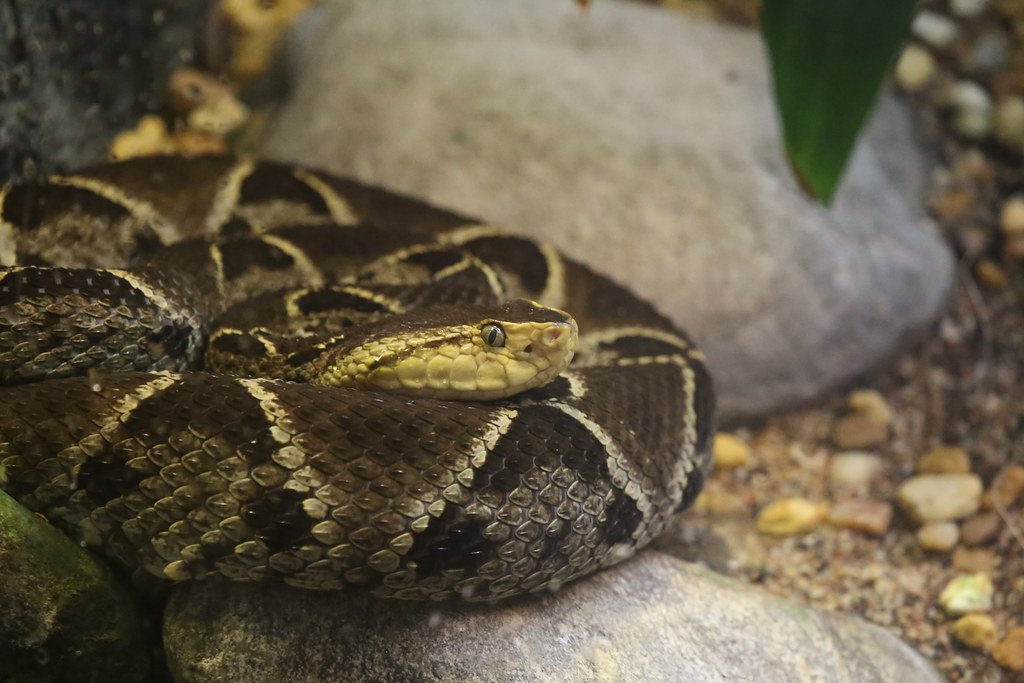
The world of snakes is incredibly diverse, with species adapted to virtually every environment on Earth except Antarctica. From the tiny thread snake, which is thinner than a pencil and shorter than a worm, to the massive anaconda that can grow over 20 feet long, snakes have evolved into an astounding array of forms.
Some snakes are aquatic masters, like the sea snakes that spend their entire lives in the ocean, while others are expert climbers that can scale trees with ease. The sidewinder rattlesnake has developed a unique way of moving across desert sand, while the flying snake can actually glide between trees in the rainforest canopy.
This diversity extends to their hunting strategies as well. Some snakes are ambush predators that wait motionless for hours, while others actively hunt their prey. The egg-eating snake has evolved to consume bird eggs larger than its own head, while the African rock python can take down prey as large as an antelope.
Masters of Survival and Adaptation

Snakes are evolutionary marvels that have survived for over 100 million years, outlasting the dinosaurs and adapting to dramatic changes in Earth’s climate and geography. Their success lies in their remarkable ability to modify their behavior and physiology to suit different environments.
Consider how snakes have solved the problem of eating prey much larger than their heads. Their jaws can dislocate and their throats can expand dramatically, allowing them to swallow meals that would seem impossible. Some species can go months without eating, slowing their metabolism to conserve energy during lean times.
Their skin-shedding process is another marvel of adaptation. Unlike mammals that shed skin cells continuously, snakes periodically shed their entire outer layer, allowing them to grow and heal wounds more effectively. This process also helps them get rid of parasites and damaged scales.
The Ecological Heroes We Never Celebrate

Perhaps no aspect of snake biology is more misunderstood than their crucial role in maintaining healthy ecosystems. Snakes are natural pest controllers, consuming vast quantities of rodents, insects, and other animals that can damage crops and spread disease. A single snake can eat hundreds of mice and rats in a year, providing free pest control services worth thousands of dollars to farmers.
In areas where snake populations have declined, rodent populations often explode, leading to crop damage and increased disease transmission. The ecological balance that snakes help maintain is so important that some agricultural regions have started protecting snake habitats as a natural form of pest management.
Snakes also serve as both predators and prey in food webs, supporting populations of birds, mammals, and other animals. Their presence indicates a healthy ecosystem, while their absence often signals environmental problems that affect many other species.
Debunking the Aggressive Predator Stereotype
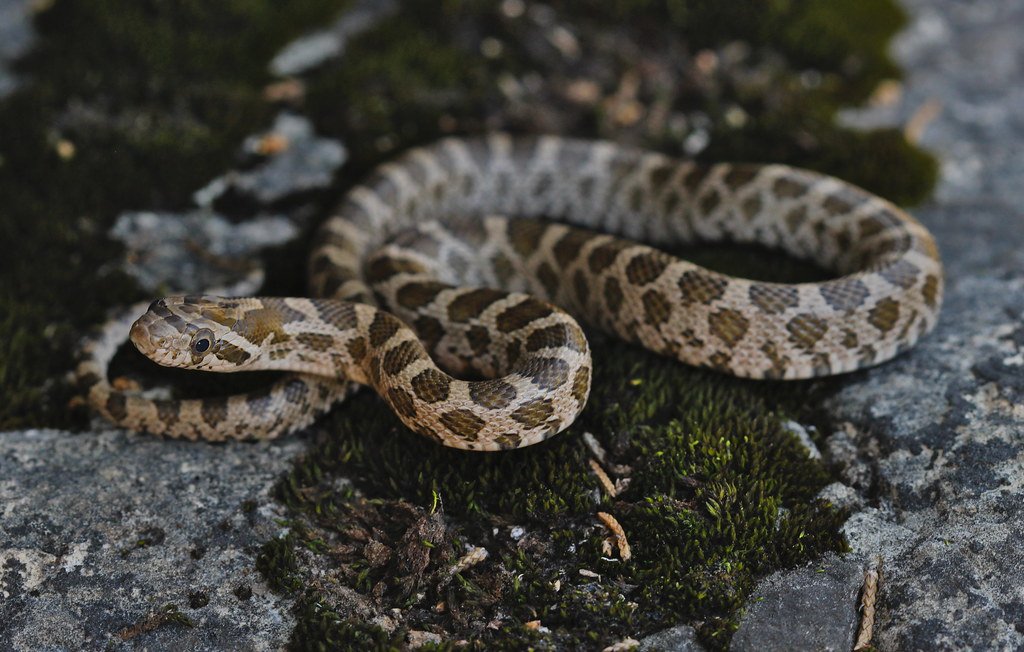
One of the most persistent myths about snakes is that they’re aggressive predators constantly looking for opportunities to attack humans. The reality is quite different. Snakes are actually remarkably passive creatures that prefer to avoid confrontation whenever possible.
Most snake “attacks” on humans are actually defensive responses to perceived threats. A snake will typically give several warning signs before striking, including hissing, coiling, or raising its head. These are not signs of aggression but rather desperate attempts to avoid conflict.
Research has shown that snakes can even recognize individual humans and learn to distinguish between those who pose a threat and those who don’t. Some species have been observed changing their behavior based on past encounters, becoming more or less defensive depending on their experiences.
The Sensory Superpowers of Snakes

Snakes possess sensory abilities that border on the supernatural, yet these remarkable adaptations are often overlooked in favor of focusing on their potential danger. Many species can detect infrared radiation, allowing them to “see” heat signatures of warm-blooded prey even in complete darkness.
Their forked tongues work like sophisticated chemical analyzers, collecting scent molecules from the air and ground to create detailed maps of their environment. This system is so sensitive that some snakes can track prey trails that are hours old or detect the presence of predators from great distances.
Some species can also detect minute vibrations through their jawbones and belly scales, allowing them to sense the footsteps of approaching animals. These abilities make snakes incredibly aware of their surroundings and help explain why they’re usually able to avoid human encounters.
Snake Intelligence: More Than Meets the Eye

The intelligence of snakes is another greatly underestimated aspect of their biology. While they may not be as obviously clever as mammals or birds, snakes display complex behaviors that suggest sophisticated cognitive abilities.
Studies have shown that snakes can learn to navigate mazes, recognize patterns, and even solve simple problems. Some species demonstrate social behaviors, with mothers protecting their young and individuals recognizing familiar snakes. Ball pythons, for example, have been observed forming temporary social groups and showing preferences for certain companions.
Snakes also exhibit what researchers call “behavioral flexibility,” adapting their hunting strategies based on experience and environmental conditions. This ability to learn and modify behavior is a hallmark of intelligence that challenges the stereotype of snakes as simple, instinct-driven creatures.
The Healing Power of Snake Venom
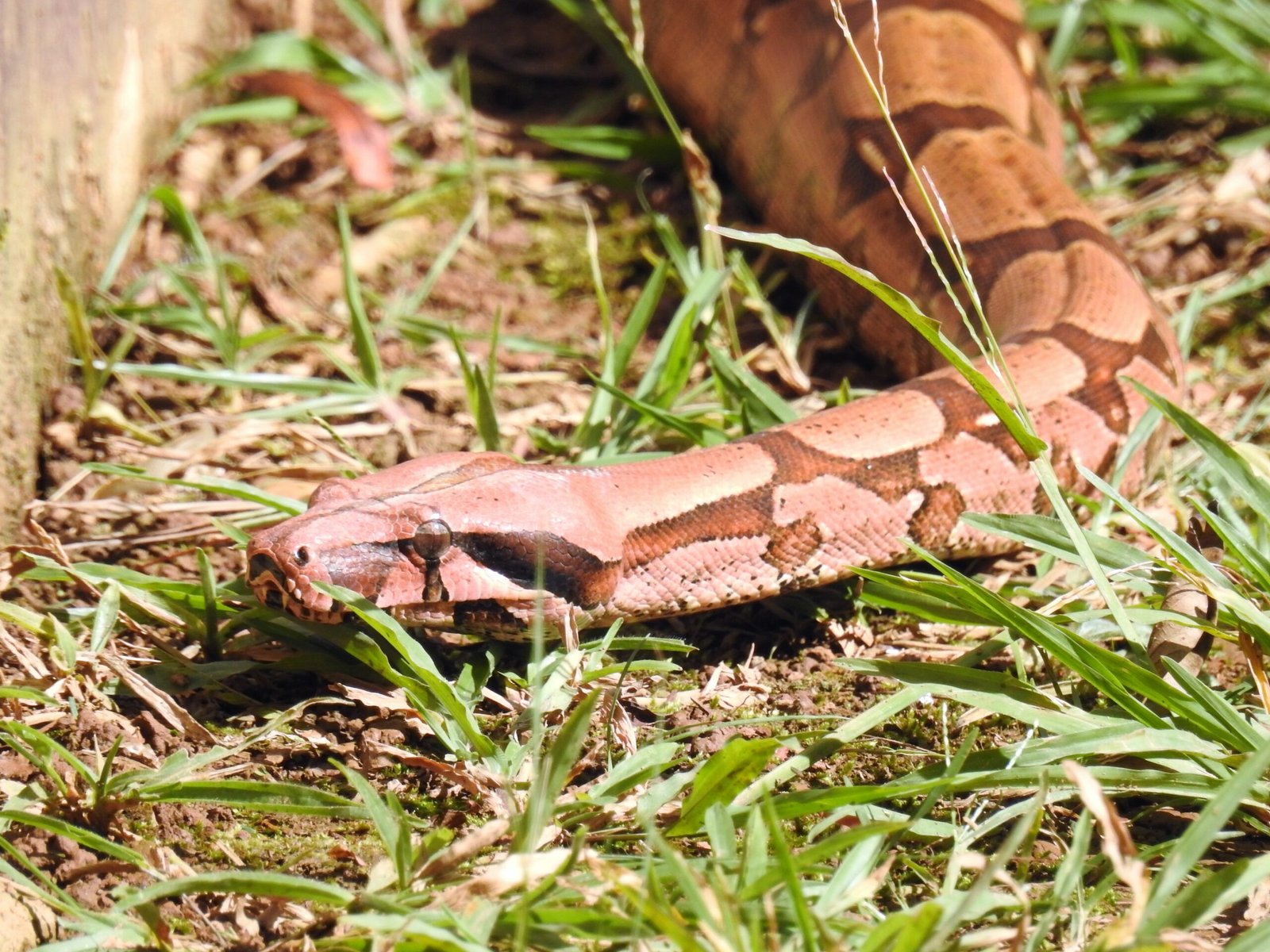
While snake venom is often seen as purely destructive, it’s actually a complex cocktail of proteins that has enormous potential for medical applications. Researchers have discovered that components of snake venom can be used to develop treatments for heart disease, cancer, pain management, and blood clotting disorders.
The blood pressure medication captopril, which has saved countless lives, was originally developed from compounds found in the venom of the Brazilian pit viper. Similarly, researchers are exploring how snake venom proteins might be used to create new antibiotics and anti-cancer drugs.
This medical potential highlights how our fear of snakes has blinded us to their possible benefits. Instead of seeing venom as a tool of destruction, we’re beginning to understand it as a sophisticated biological system with tremendous therapeutic potential.
Conservation Challenges and Threats

Despite their ecological importance, snake populations worldwide are facing unprecedented threats. Habitat destruction, climate change, and direct persecution by humans have led to declining numbers of many species. Some snake populations have dropped by over 90% in recent decades.
The illegal wildlife trade also poses a significant threat, with many species captured for their skins, meat, or use in traditional medicine. Road mortality is another major issue, as snakes often cross roads during migration or while searching for mates, leading to thousands of deaths each year.
Perhaps most tragically, many snakes are killed simply out of fear or misunderstanding. Well-meaning people often destroy beneficial snake species, thinking they’re protecting their families or property when they’re actually removing valuable allies in pest control.
Cultural Perspectives: From Worship to Persecution

The relationship between humans and snakes varies dramatically across cultures, offering fascinating insights into how perception shapes reality. In many Hindu and Buddhist traditions, snakes are revered as sacred beings associated with wisdom, fertility, and protection.
Australian Aboriginal cultures have long recognized the important role of snakes in their ecosystems, with many traditional stories teaching respect rather than fear. Similarly, some Native American tribes view snakes as symbols of transformation and healing, honoring their role in maintaining natural balance.
However, Western cultures have largely demonized snakes, leading to widespread persecution and fear. This cultural bias has had real consequences for conservation efforts, as it’s difficult to protect animals that people are taught to hate and fear from childhood.
The Economics of Snake Benefits

Beyond their ecological value, snakes provide substantial economic benefits that are rarely quantified or appreciated. The pest control services provided by snakes save farmers billions of dollars annually in crop protection and reduced pesticide use.
The medical research potential of snake venom represents another enormous economic opportunity. The global market for venom-derived pharmaceuticals is worth billions of dollars and continues to grow as researchers discover new therapeutic applications.
Ecotourism centered around snake watching also generates significant revenue in many regions. Countries like Costa Rica and Australia have successfully developed snake-focused tourism industries that provide jobs and economic incentives for conservation.
Coexistence: Learning to Live with Snakes

The key to reducing human-snake conflict lies not in elimination but in education and coexistence strategies. Simple measures like securing food sources, removing hiding places near homes, and understanding snake behavior can dramatically reduce unwanted encounters.
Many communities have successfully implemented snake relocation programs, where trained professionals safely remove snakes from residential areas and relocate them to suitable habitats. These programs protect both humans and snakes while maintaining ecological balance.
Education plays a crucial role in changing attitudes. When people learn to identify local snake species and understand their behaviors, fear often transforms into respect and appreciation. This shift in perspective is essential for long-term conservation success.
The Future of Snake Conservation
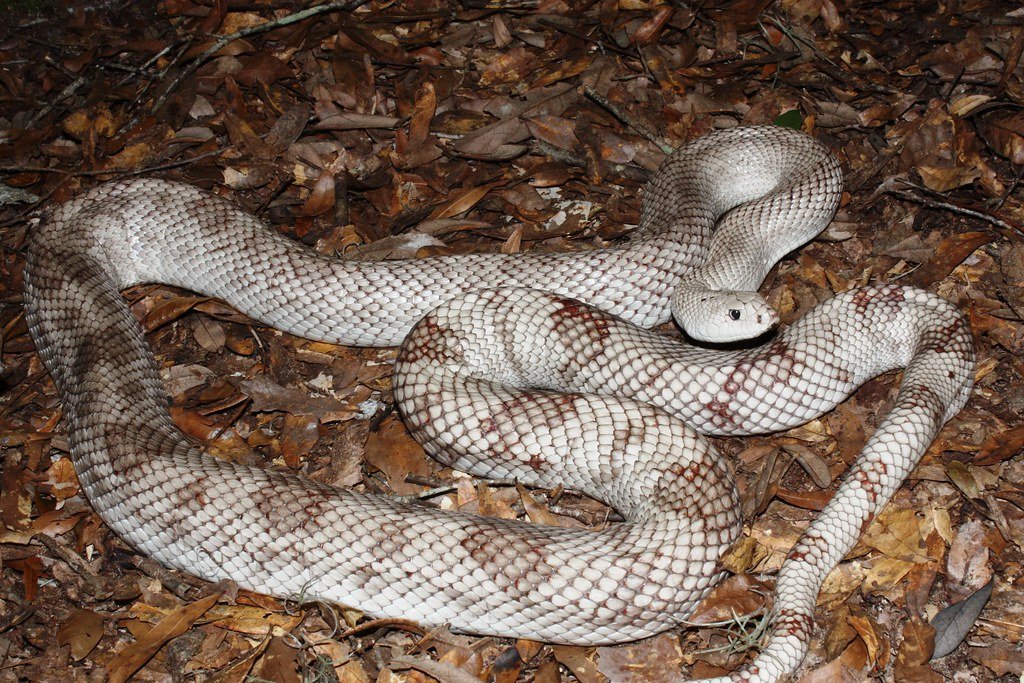
The future of snake conservation depends largely on changing public perception and increasing scientific understanding. Researchers are using new technologies like genetic analysis and satellite tracking to better understand snake ecology and behavior.
Citizen science projects are also playing an important role, with volunteers helping to monitor snake populations and report sightings. These programs not only provide valuable data but also engage the public in conservation efforts.
Climate change presents new challenges for snake conservation, as changing temperatures and weather patterns affect snake behavior and habitat suitability. Understanding these impacts will be crucial for developing effective conservation strategies.
Technology and Snake Research

Modern technology is revolutionizing our understanding of snake biology and behavior. Radio telemetry and GPS tracking allow researchers to follow snakes in their natural habitats, revealing previously unknown aspects of their ecology and social behavior.
Thermal imaging cameras have provided new insights into how snakes use their heat-sensing abilities, while high-speed photography has captured the lightning-fast strike mechanisms of venomous species. These technologies are helping scientists understand the true complexity of snake biology.
Genetic research is also revealing the evolutionary history of snakes and their relationships to other reptiles. This information is crucial for understanding how snakes have adapted to different environments and how they might respond to future changes.
Personal Stories: Changing Hearts and Minds

Sometimes the most powerful tool for changing attitudes about snakes is personal experience. Many people who have had positive encounters with snakes report a dramatic shift in their perspective, from fear to fascination.
Wildlife rehabilitators and researchers often describe how working with snakes has changed their understanding of these animals. They speak of individual personalities, learning abilities, and even what appears to be emotional responses in their snake subjects.
Educational programs that allow people to safely observe and even handle non-venomous snakes have proven remarkably effective at reducing fear and increasing appreciation. These hands-on experiences often accomplish more than any amount of reading or video watching.
The Ripple Effects of Snake Conservation
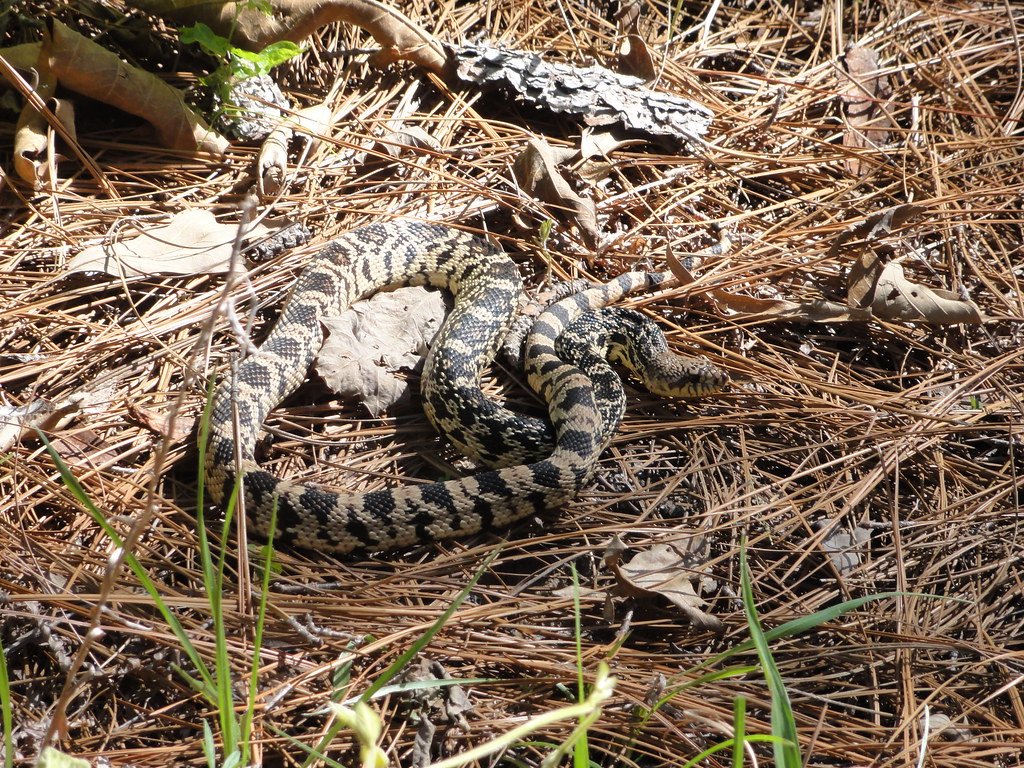
Protecting snakes creates benefits that extend far beyond the species themselves. Healthy snake populations support diverse ecosystems, reduce the need for chemical pest control, and maintain the delicate balance of predator-prey relationships.
Conservation efforts that protect snake habitats also benefit countless other species that share those environments. Wetlands, forests, and grasslands preserved for snakes provide homes for birds, mammals, amphibians, and insects.
The research conducted on snakes has also advanced our understanding of evolution, physiology, and ecology in ways that benefit conservation efforts for many other species. Snakes serve as important model organisms for studying adaptation and survival strategies.
A Call for Understanding
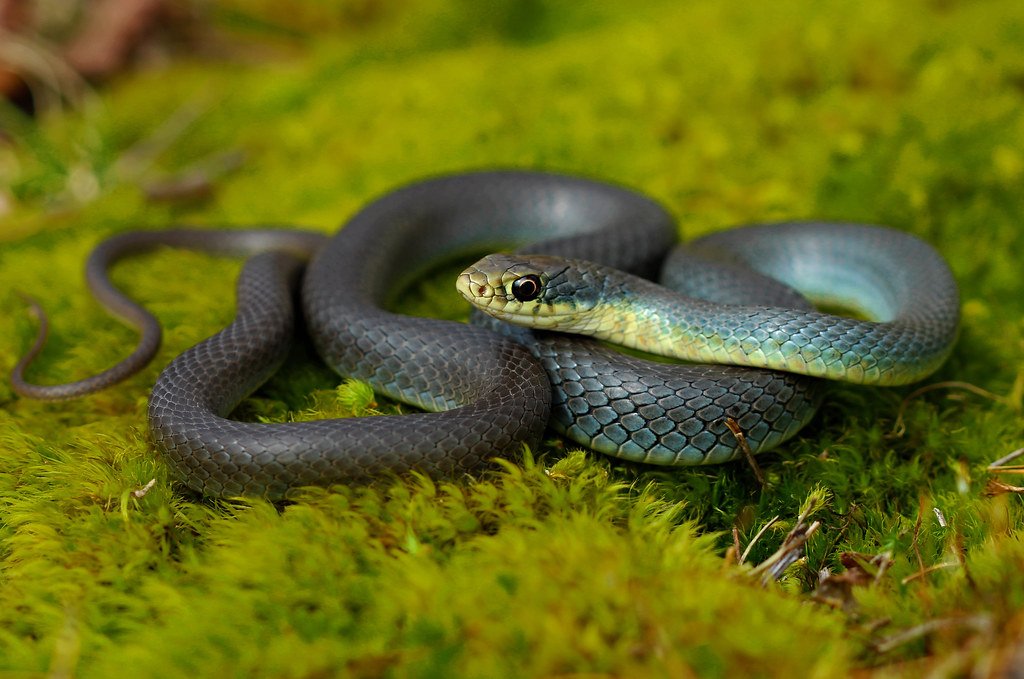
The time has come to fundamentally change how we think about snakes. These remarkable creatures have survived for millions of years, adapting to every environment on Earth except the polar regions. They’ve developed incredible abilities, play crucial ecological roles, and offer enormous potential benefits to human society.
Our fear of snakes is understandable but ultimately counterproductive. By learning to appreciate these animals for what they really are rather than what we imagine them to be, we can move toward a more balanced and sustainable relationship with the natural world.
The next time you encounter a snake, instead of reaching for a weapon, consider reaching for a field guide or your camera. You might discover that the creature you thought was your enemy is actually one of nature’s most fascinating and beneficial residents. After all, in a world facing environmental challenges, shouldn’t we be celebrating the animals that help maintain the balance rather than destroying them out of misplaced fear?

